-
 Bitcoin
Bitcoin $118000
-0.23% -
 Ethereum
Ethereum $3651
1.66% -
 XRP
XRP $3.423
-1.58% -
 Tether USDt
Tether USDt $1.001
-0.02% -
 BNB
BNB $742.8
0.69% -
 Solana
Solana $177.8
0.30% -
 USDC
USDC $0.9999
0.01% -
 Dogecoin
Dogecoin $0.2539
0.03% -
 TRON
TRON $0.3199
-1.74% -
 Cardano
Cardano $0.8382
0.59% -
 Hyperliquid
Hyperliquid $44.83
0.05% -
 Stellar
Stellar $0.4602
-1.49% -
 Sui
Sui $3.850
0.58% -
 Chainlink
Chainlink $18.62
2.56% -
 Hedera
Hedera $0.2681
0.97% -
 Avalanche
Avalanche $24.63
3.07% -
 Bitcoin Cash
Bitcoin Cash $522.5
0.96% -
 Shiba Inu
Shiba Inu $0.00001507
-0.80% -
 Litecoin
Litecoin $113.6
9.75% -
 UNUS SED LEO
UNUS SED LEO $8.994
0.24% -
 Toncoin
Toncoin $3.197
-0.43% -
 Polkadot
Polkadot $4.361
1.13% -
 Uniswap
Uniswap $10.45
1.41% -
 Monero
Monero $327.5
0.65% -
 Ethena USDe
Ethena USDe $1.001
-0.03% -
 Bitget Token
Bitget Token $4.992
-1.12% -
 Pepe
Pepe $0.00001355
0.67% -
 Dai
Dai $1.000
0.01% -
 Aave
Aave $322.6
0.15% -
 Bittensor
Bittensor $415.5
0.88%
What are the disadvantages of liquid staking?
Liquid staking lets users earn rewards while keeping assets liquid, but risks like smart contract flaws, slashing, and market volatility can lead to unexpected losses.
Jul 20, 2025 at 04:01 am
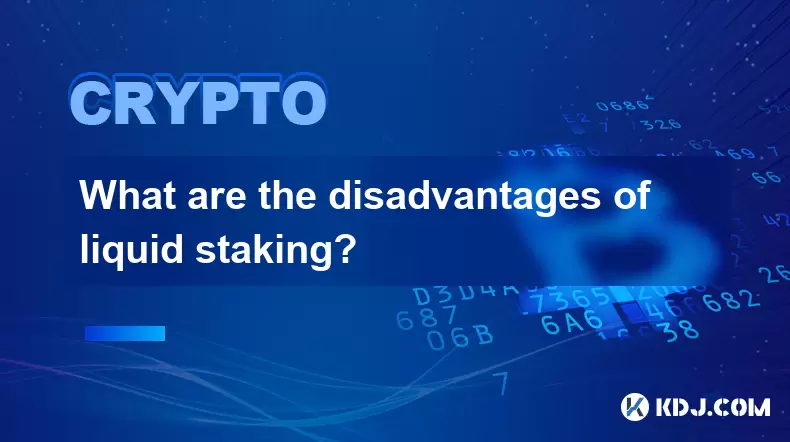
Understanding Liquid Staking
Liquid staking is a mechanism in the blockchain and cryptocurrency ecosystem that allows users to stake their tokens while retaining liquidity. Instead of locking up assets during the staking period, users receive liquid staking derivatives (like stETH, stDOT, etc.) that represent their staked assets and accrued rewards. These derivatives can be traded, lent, or used in DeFi protocols, offering flexibility and yield opportunities.
However, despite its advantages, liquid staking comes with several disadvantages that users must carefully consider before participating.
Smart Contract Risks
One of the primary drawbacks of liquid staking is exposure to smart contract vulnerabilities. Liquid staking platforms rely heavily on complex smart contracts to mint, manage, and redeem staking derivatives. If these contracts contain bugs or are exploited by malicious actors, users can suffer significant losses.
- Code audits are not always comprehensive or up-to-date.
- Third-party dependencies can introduce additional risks.
- No insurance is typically available for losses due to smart contract failures.
These risks are not theoretical. Several high-profile exploits have occurred in DeFi protocols, including those offering liquid staking services.
Slashing Risks and Validator Misbehavior
In traditional staking, if a validator misbehaves or goes offline, the staked assets can be slashed as a penalty. In liquid staking, users are still exposed to these risks, even though they are not directly managing validators.
- Indirect exposure to slashing means users may lose funds without any direct fault.
- Lack of control over validator selection can lead to suboptimal performance or penalties.
- Slashing events can reduce the value of the staked derivative tokens.
Since users receive a tokenized version of their staked assets, any slashing penalties are reflected in the value of these tokens, potentially leading to unexpected losses.
Market and Peg Risks
Liquid staking derivatives are typically pegged to the value of the underlying asset. However, this peg is not always stable, especially during periods of high volatility or market stress.
- Depegging events can occur, causing the value of the derivative token to diverge from the native asset.
- Liquidity crunches may prevent users from redeeming their derivatives at the expected rate.
- Market sentiment can influence the price of staked tokens, creating arbitrage opportunities or panic selling.
These dynamics were notably observed during the Terra/LUNA crash and ETH staking derivative depegs, where users faced unexpected losses due to market dislocation.
Centralization Concerns
Many liquid staking platforms are operated by centralized entities or rely on a small number of validators, which contradicts the decentralized ethos of blockchain.
- Concentration of power in a few hands increases the risk of censorship or collusion.
- Single points of failure can disrupt the entire staking ecosystem.
- Governance centralization may limit user influence over protocol decisions.
This centralization can undermine the security and decentralization of the underlying blockchain, especially if a single liquid staking provider controls a large percentage of the network’s staked assets.
Complexity and User Experience Challenges
Liquid staking introduces additional layers of complexity for users, especially those unfamiliar with DeFi or token derivatives.
- Understanding redemption mechanics requires technical knowledge.
- Tracking rewards and derivatives can be confusing without proper tools.
- Interacting with multiple platforms increases the risk of user error.
These complexities can lead to mistakes, such as impermanent loss, incorrect token swaps, or loss of access to funds due to mismanagement of derivative tokens.
Frequently Asked Questions
Q: Can I unstake my assets anytime with liquid staking?
A: While liquid staking derivatives can be traded or sold instantly, actual unstaking may still require waiting for the network’s unstaking period, which varies by blockchain.
Q: Are all liquid staking platforms the same?
A: No, platforms differ in terms of security measures, validator diversity, fee structures, and tokenomics. It’s important to research each platform before use.
Q: How do I choose a safe liquid staking provider?
A: Look for platforms with transparent operations, third-party audits, decentralized governance, and a proven track record in the ecosystem.
Q: What happens to my staking rewards with liquid staking?
A: Rewards are typically reflected in the increasing value of the derivative token over time. However, these rewards are subject to market fluctuations and platform-specific mechanisms.
Disclaimer:info@kdj.com
The information provided is not trading advice. kdj.com does not assume any responsibility for any investments made based on the information provided in this article. Cryptocurrencies are highly volatile and it is highly recommended that you invest with caution after thorough research!
If you believe that the content used on this website infringes your copyright, please contact us immediately (info@kdj.com) and we will delete it promptly.
- Tea Rooms, Black Dogs, and Ghosts: A Spirited Brew in the UK
- 2025-07-20 12:30:12
- MogCoin and the Memecoin Mania: Price Gains and Cultural Shifts
- 2025-07-20 12:30:12
- Avalanche (AVAX) Eyes $35: Breakout or Bust?
- 2025-07-20 12:50:12
- XRP, Ozak AI, and the AI Token Revolution: What's the Buzz?
- 2025-07-20 12:50:12
- Bitcoin Mining Goes Mobile: Cloud Contracts & Daily Rewards in Your Pocket!
- 2025-07-20 12:55:12
- XRP, ATH, and Altcoins 2025: Is XRP Leading the Charge?
- 2025-07-20 13:00:13
Related knowledge
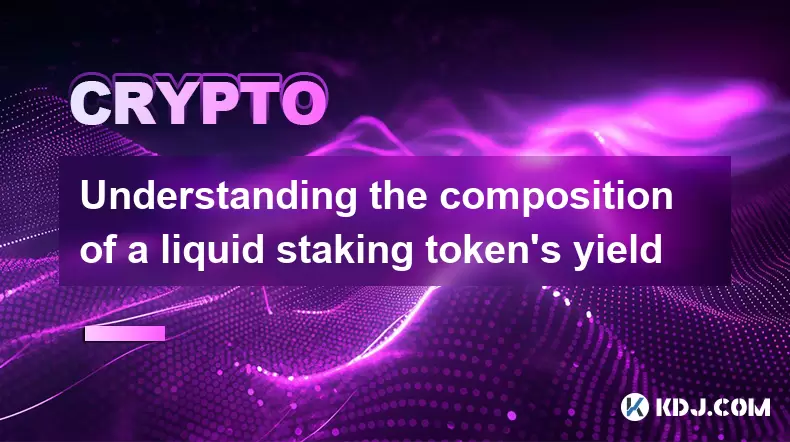
Understanding the composition of a liquid staking token's yield
Jul 20,2025 at 09:07am
What Is a Liquid Staking Token?A liquid staking token is a representative asset issued to users who stake their native cryptocurrency on a proof-of-st...
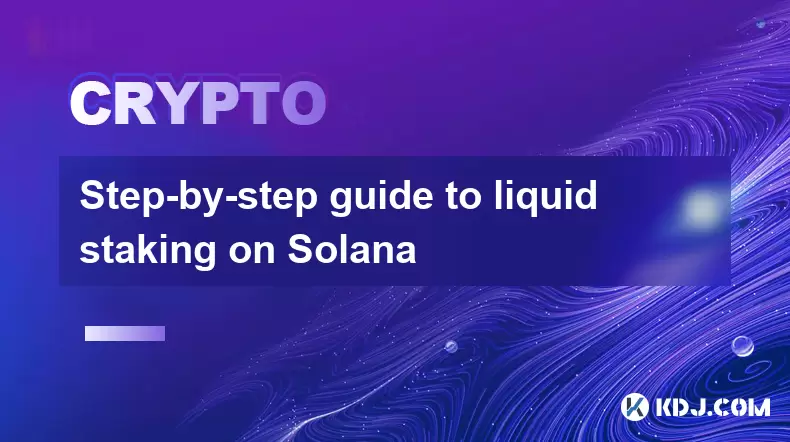
Step-by-step guide to liquid staking on Solana
Jul 20,2025 at 06:42am
What is Liquid Staking on Solana?Liquid staking is a mechanism that allows users to stake their cryptocurrency while retaining liquidity through the i...
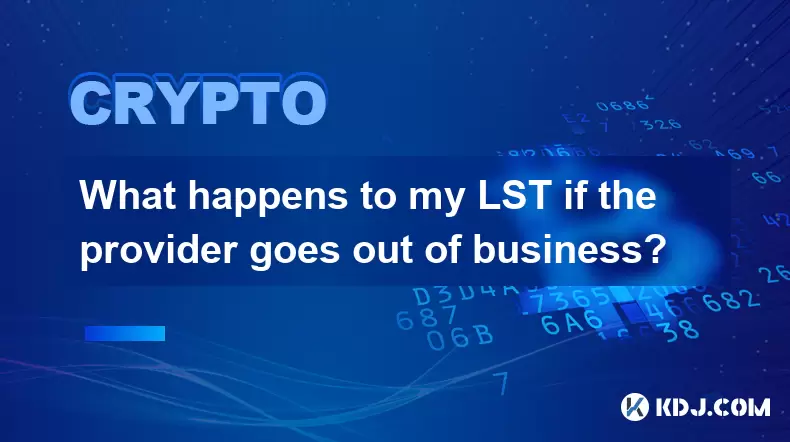
What happens to my LST if the provider goes out of business?
Jul 19,2025 at 10:21pm
Understanding LST and Its Dependence on ProvidersWhen you stake your Ethereum (ETH) through a Liquid Staking Token (LST) provider, you receive a token...

Are there insurance options for liquid staking?
Jul 19,2025 at 06:08pm
Understanding Liquid Staking and Its RisksLiquid staking is a process where users stake their cryptocurrency assets to participate in network validati...

How to build a DeFi strategy with LSTs
Jul 19,2025 at 07:07pm
Understanding LSTs and Their Role in DeFiLSTs, or Liquid Staking Tokens, are derivative tokens that represent staked assets on a proof-of-stake (PoS) ...
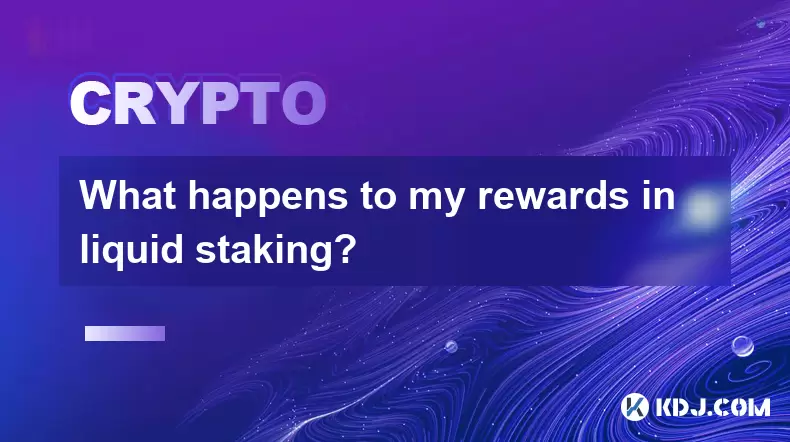
What happens to my rewards in liquid staking?
Jul 19,2025 at 12:21pm
Understanding Liquid Staking and Its MechanicsLiquid staking is a mechanism in the cryptocurrency ecosystem that allows users to stake their tokens wh...

Understanding the composition of a liquid staking token's yield
Jul 20,2025 at 09:07am
What Is a Liquid Staking Token?A liquid staking token is a representative asset issued to users who stake their native cryptocurrency on a proof-of-st...

Step-by-step guide to liquid staking on Solana
Jul 20,2025 at 06:42am
What is Liquid Staking on Solana?Liquid staking is a mechanism that allows users to stake their cryptocurrency while retaining liquidity through the i...

What happens to my LST if the provider goes out of business?
Jul 19,2025 at 10:21pm
Understanding LST and Its Dependence on ProvidersWhen you stake your Ethereum (ETH) through a Liquid Staking Token (LST) provider, you receive a token...

Are there insurance options for liquid staking?
Jul 19,2025 at 06:08pm
Understanding Liquid Staking and Its RisksLiquid staking is a process where users stake their cryptocurrency assets to participate in network validati...

How to build a DeFi strategy with LSTs
Jul 19,2025 at 07:07pm
Understanding LSTs and Their Role in DeFiLSTs, or Liquid Staking Tokens, are derivative tokens that represent staked assets on a proof-of-stake (PoS) ...

What happens to my rewards in liquid staking?
Jul 19,2025 at 12:21pm
Understanding Liquid Staking and Its MechanicsLiquid staking is a mechanism in the cryptocurrency ecosystem that allows users to stake their tokens wh...
See all articles

























































































